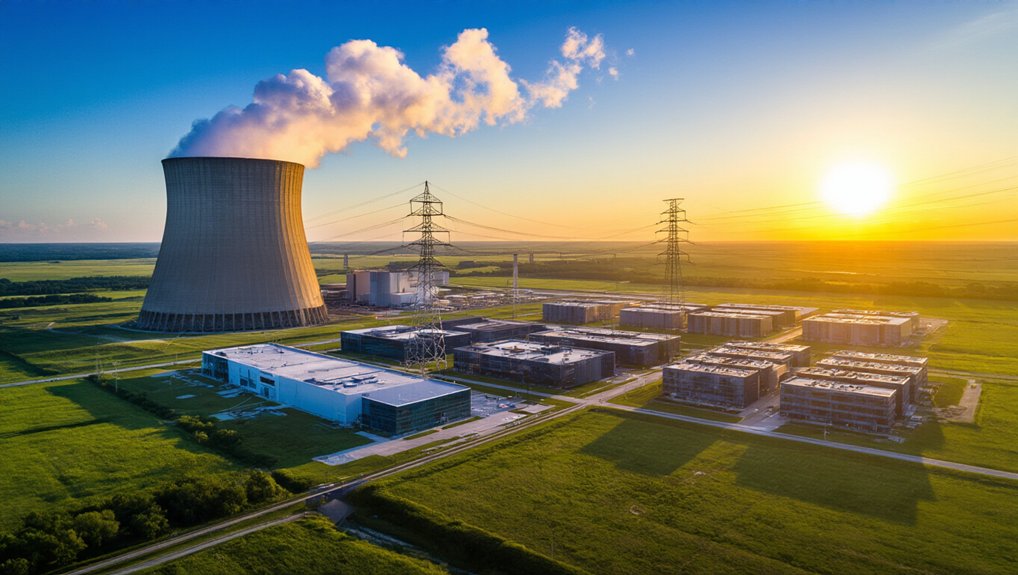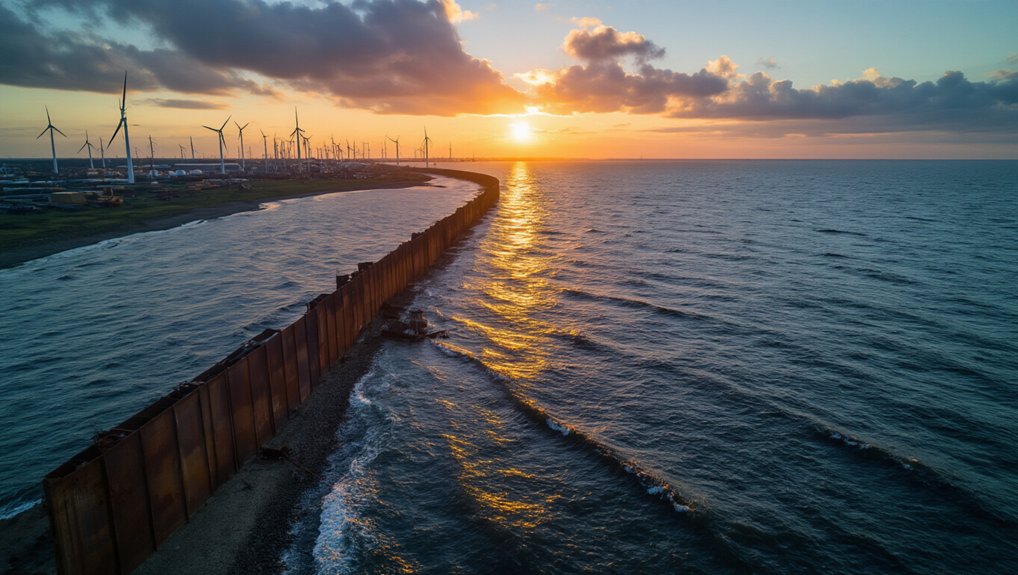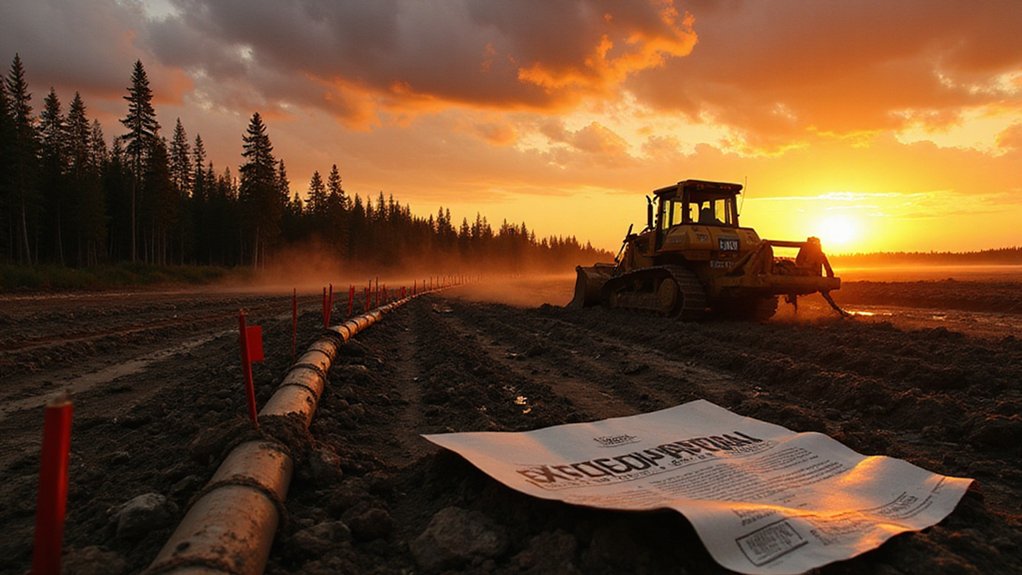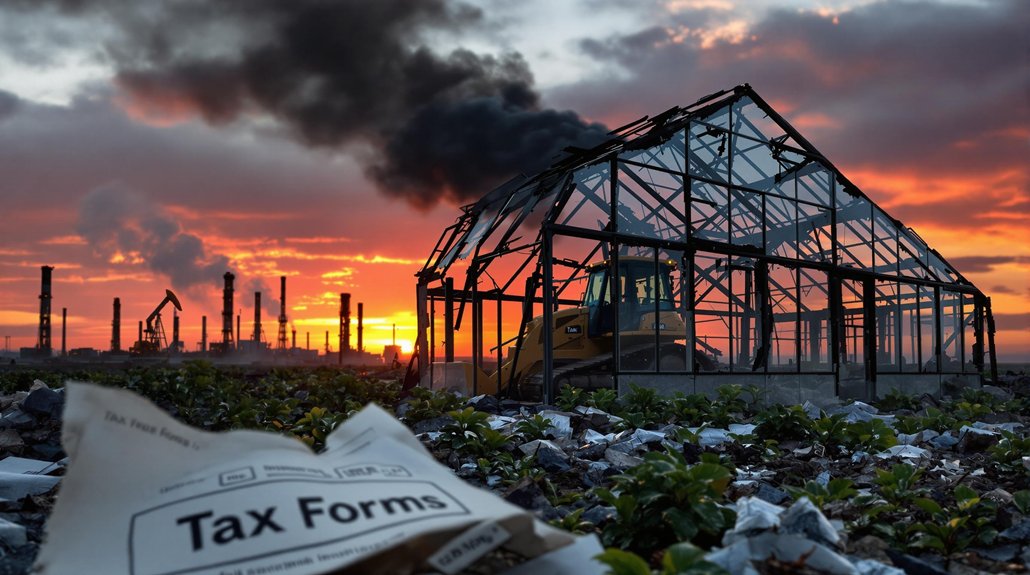When the Supreme Court speaks with one voice, people tend to listen. And boy, did they just speak. In an 8-0 decision that’ll make environmental lawyers reach for the antacids, the justices basically told federal agencies they can stop worrying about those pesky downstream environmental effects when approving major projects.
The case? An 88-mile railroad connecting Utah’s oil fields to the national rail network. Environmental groups wanted the feds to evaluate what happens when all that crude oil reaches the Gulf Coast. Climate change impacts? Pollution in coastal communities? The Supreme Court said nope, not your problem.
Justice Kavanaugh, writing for the court, stressed the need for “clarity and predictability” in regulatory oversight. Translation: let’s make it easier to build stuff. The ruling grants agencies “substantial judicial deference” – fancy legal speak for “courts should butt out and let agencies do their thing.” Kavanaugh warned that NEPA had become a tool for project opponents to paralyze agency decision-making through endless litigation.
Courts should butt out and let agencies make it easier to build stuff.
This isn’t just about one railroad. It’s a seismic shift in how NEPA works. For decades, this bedrock environmental law required agencies to take a hard look at projects’ broader impacts. Now? They only need to evaluate direct, immediate effects. Everything else is somebody else’s problem. The decision specifically curtailed requirements for analyzing speculative environmental impacts, marking a major departure from previous interpretations.
Even Justice Sotomayor, no conservative firebrand, agreed with limiting agency power here. She acknowledged the law doesn’t let agencies block projects based on indirect consequences. When Sotomayor’s on board with scaling back environmental reviews, you know the tide has turned.
Industry groups are popping champagne. They’ve complained for years that NEPA reviews were bureaucratic nightmares causing endless delays. The Supreme Court just handed them a gift-wrapped victory.
The lower court had actually sided with environmentalists, demanding a broader impact analysis. The Supreme Court reversed that faster than you can say “drill, baby, drill.” Justice Gorsuch sat this one out, but it didn’t matter. Eight justices were plenty.
Critics fear this ruling could severely hamper efforts to reduce fossil fuel emissions which currently account for approximately 75% of global greenhouse gas emissions.
References
- https://www.nahb.org/blog/2025/05/scotus-nepa-enviromental-review-federal-permitting
- https://www.scotusblog.com/2025/05/supreme-court-limits-scope-of-environmental-review/
- https://www.axios.com/2025/05/29/supreme-court-narrows-nepa-scope
- https://www.supremecourt.gov/opinions/24pdf/23-975_m648.pdf
- https://www.environmentallawandpolicy.com/2025/05/one-track-mind-unanimous-scotus-decision-on-rail-line-approval-further-narrows-scope-of-nepa/









